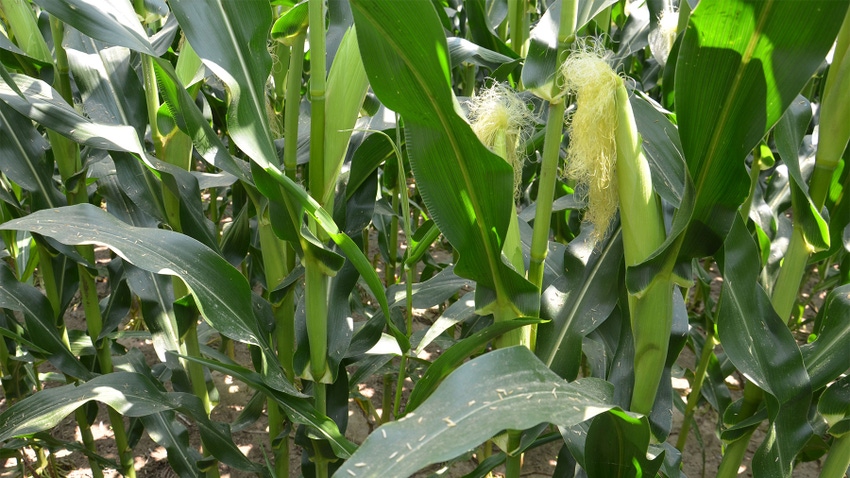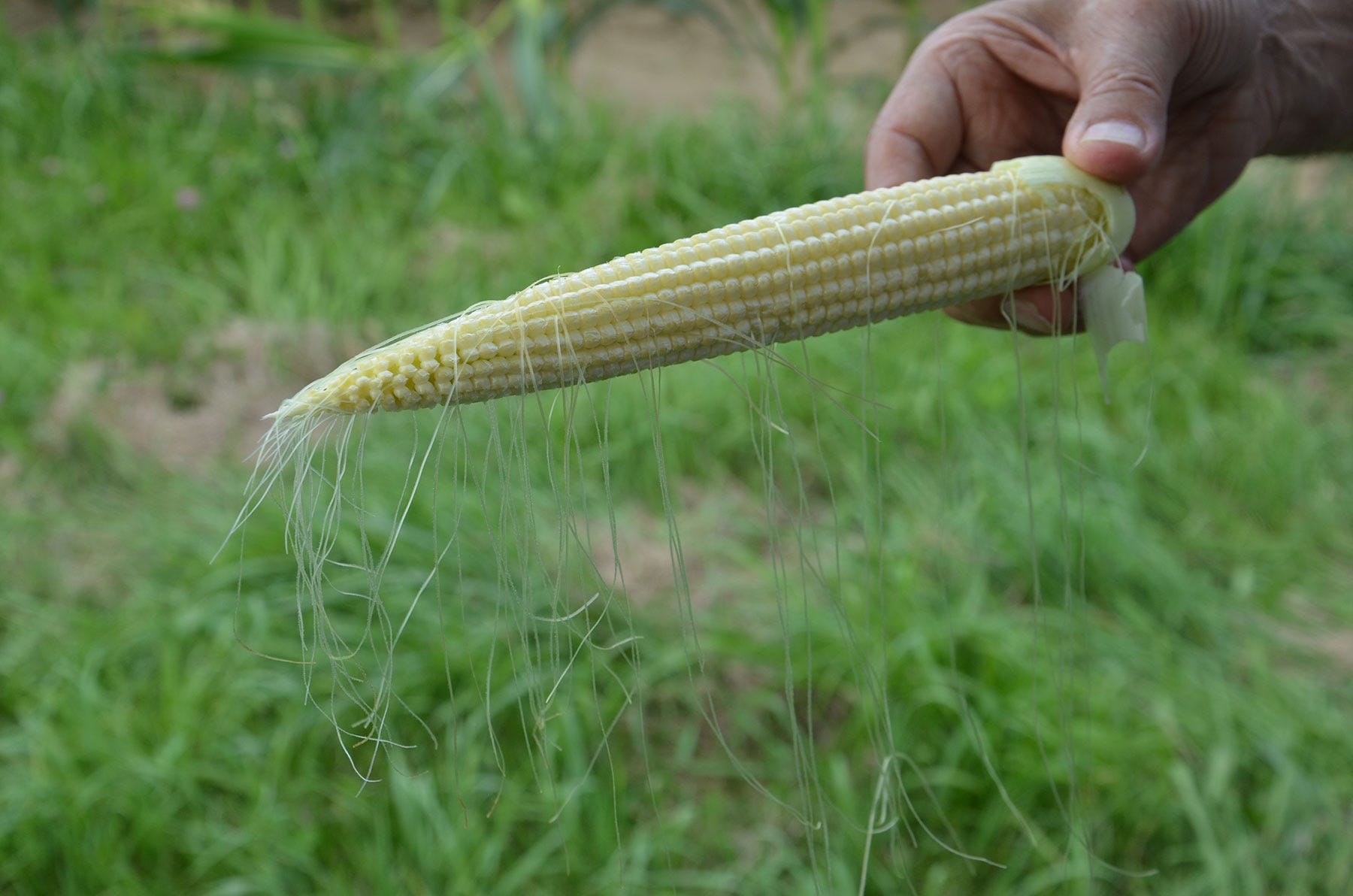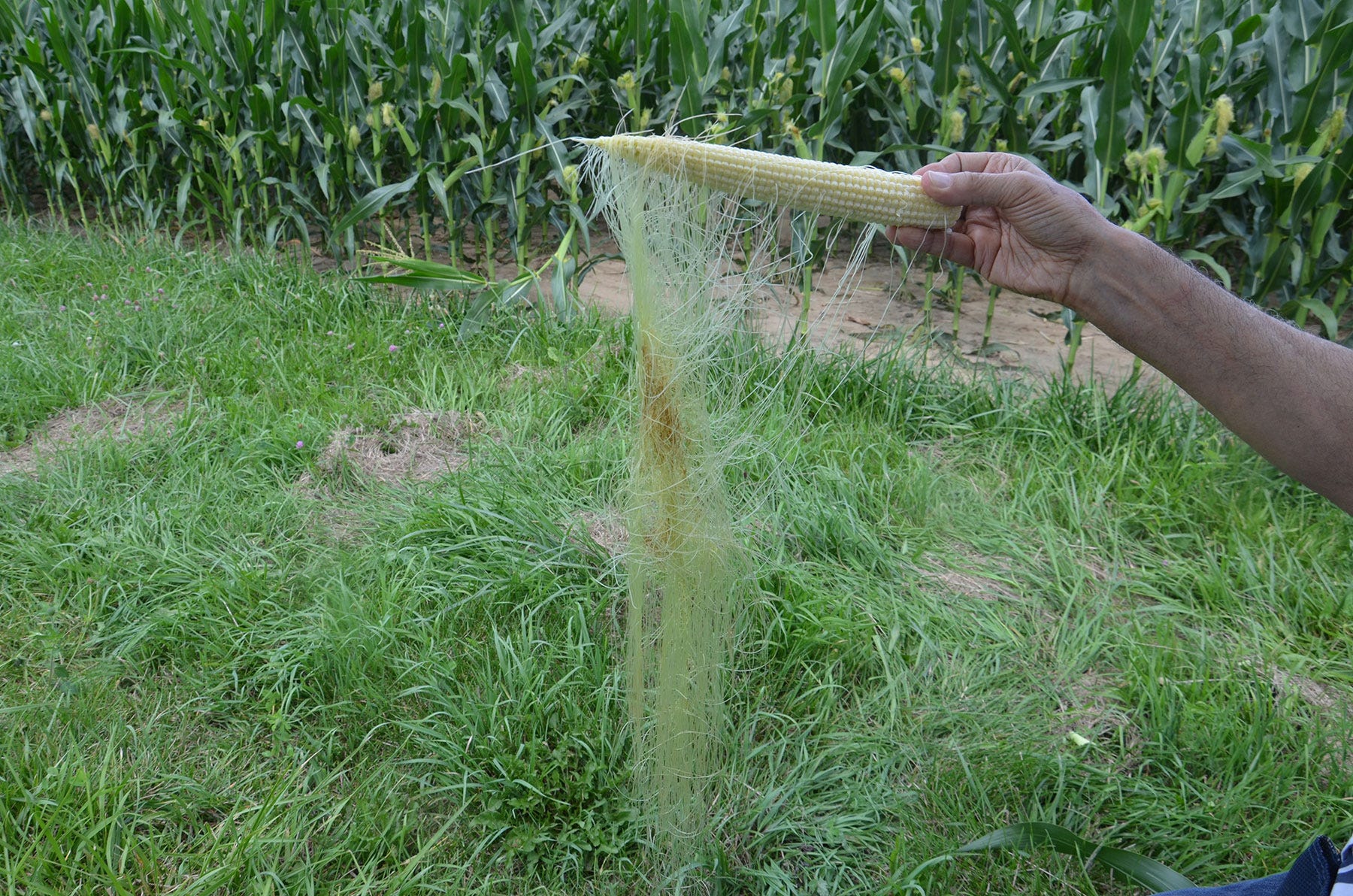
Every scouting trip is a chance to make observations. Gather enough observations, and you will know a lot about how your management practices paid off this year. You also will get a head-start on making changes for next season.
“You can learn a lot walking through a cornfield in late summer,” says Dave Nanda, director of genetics for Seed Genetics Direct. “It’s not always a fun job, but it can yield valuable information if you take time to do it correctly.”
Here are observations Nanda made walking a cornfield in late summer:
Silks too long. If silks look like they will never stop growing, it likely means the ear isn’t pollinated. Ovules won’t fertilize and kernels won’t form. “You hope you don’t see many ears like this,” Nanda says. “When you find some, you want to dig deeper to see why this occurred. Perhaps stress caused silks to come out late, and pollen was gone.”
Silks too short. The main cause of short silks is insect clipping. Japanese beetles and corn rootworm beetles are the most likely suspects. “If you catch it early enough, you can spray if it meets the threshold,” Nanda says. “If silks are already turning brown or if insects are no longer present, an application would likely just be for revenge.”

INSECT FEEDING: Insect clipping that keeps silks very short may interfere with pollination. Because these silks are already brown, the damage is likely done.
Silks fall off. Nanda pulls an ear here and there, pulls back the husks and does the shake test. When silks fall away from the ear, it means fertilization was successful. The ear is pollinated, and kernels will emerge soon.

SHAKE TEST: Because most silks fell away during the shake test on this ear, it’s likely most ovules were pollinated and will form kernels. If a silk detaches, it was pollinated.
Silks stay attached. What if you shake as hard as you can, and silks are still attached to the ear? “It’s a sure sign pollination has not occurred,” Nanda says. “Keep records of how many ears like that you find. Somehow, pollen shed and silking didn’t niche correctly. Until fertilization occurs, kernels won’t develop.”

MISSED THE NICHE: With tufts of silks hanging on to this ear, it’s obvious that not many ovules were pollinated. There may be only a few kernels on this ear.
Read more about:
ScoutingAbout the Author(s)
You May Also Like




